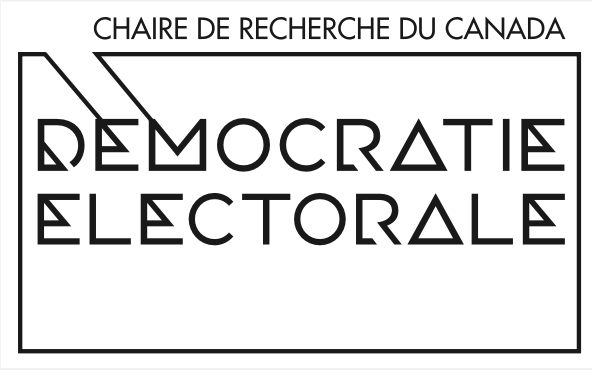From Leader Profiles to Voter Perceptions: Sociodemographic and Policy Cues
Semih Çakir-University of Vienna, co-written with Isabella Rebasso-University of Vienna, and Markus Wagner-University of Vienna
What information do people infer about parties’ voters based on its party leader? We propose that leaders’ sociodemographic characteristics, in interplay with their policy positions, influence perceptions of their voter base. We test this in two studies. In 2023, the Austrian Social Democratic Party underwent a leadership change based on an unpredictable members’ vote: from the female and urban Pamela Rendi-Wagner, to the rural, male, working-class Andreas Babler. In a pre-registered study, we found that after the switch people perceived the party’s voter base as younger, more rural, and less working class.
In a follow-up study, we will investigate the effectiveness of a leader’s socio-demographic and ideological positions as cues in shaping perceptions about their voter base in a more controlled setting using a (visual) conjoint experiment. We add a parallel design component to test whether the effect of leader socio-demographics on expectations of the voter base’s socio-demographic and ideological composition is mediated by expectations about the leader’s policy positions. We run three versions of the conjoint (SD/ SD+Policies/ Policies). This allows us to test the effects of leaders’ socio-demographics, and policy positions on perceptions of the voter base, and to test what happens when the two collide. The study will be pre-registered on OSF and conducted in Austria in January, 2024. The findings will have implications for the study of (perceived) political representation, as well as interpartisan stereotypes and affective polarization.

This content has been updated on 28 March 2024 at 9 h 08 min.
Comments